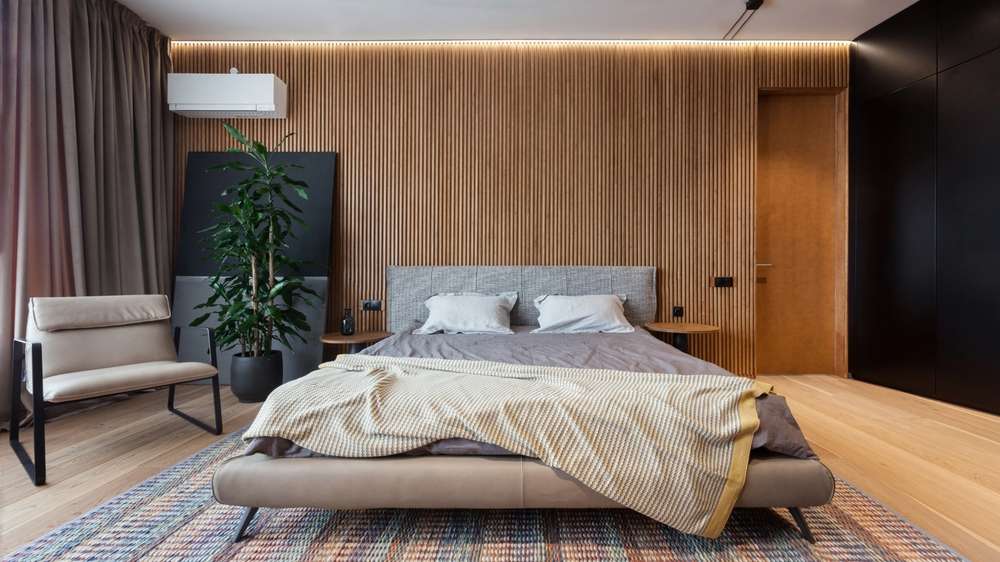Practical Interior Design for Your Living Room & Bedroom
Good interior design is the balance of form and function: making rooms feel comfortable, beautiful, and suited to how you live. Whether you’re refreshing one room or redesigning an entire home, practical choices around layout, materials, furniture, and lighting produce spaces that look cohesive and perform well day-to-day.

interior design
Interior design begins with purpose. Consider how each room will be used—entertaining, working, relaxing—and make decisions that prioritize those activities. A simple design brief helps: identify primary functions, desired moods (calm, energetic, cozy), and any constraints such as natural light or structural features. Use mood boards, sketches, or a digital floor planner to test arrangements before buying anything. Thoughtful planning reduces wasted purchases and creates clearer visual direction for color, texture, and materials.
A successful project balances aesthetics with durability and maintenance. Choose finishes and fabrics that respond well to your household—children, pets, or high-traffic areas may need hard-wearing materials. Lighting plans are part of design: layer ambient, task, and accent lighting to adapt rooms for different uses. Small improvements like swapping a pendant light or repositioning a sofa can have outsized visual impact when guided by a clear design intent.
furniture
Furniture is both the backbone and the style signal of a room. Focus first on scale and proportion: select a sofa and primary seating that fit the room’s dimensions and allow comfortable movement. Measure carefully—include doorways and stairways to ensure delivery and placement work. Choose pieces with the right function (storage, sleeper sofas, modular units) and prioritize comfort and ergonomics for items used daily.
Material choices matter for longevity and appearance. Solid-wood frames, performance upholstery, and easily cleaned surfaces can be worth the investment. For smaller spaces, multifunctional furniture—nesting tables, ottomans with storage, extendable dining tables—maximizes utility. If you prefer a curated look, mix statement pieces with simpler complementary items to avoid visual clutter while maintaining personality.
home decor
Home decor is the layer that personalizes a room—the art, textiles, rugs, plants, and accessories that bring warmth and narrative. Start with a cohesive color palette and vary texture and scale to create depth: pair smooth surfaces with tactile fabrics, and large shapes with small accents. Use rugs to anchor seating areas and curtains to add softness and height; artwork or a gallery wall provides a focal point and visual interest.
Editing is as important as adding. Group objects in threes or fives, rotate seasonal pieces, and avoid over-accessorizing surfaces. Thoughtful placement of mirrors can boost light and make rooms feel larger. Incorporating plants adds color and improves perceived air quality; choose species suited to your light conditions and maintenance preferences. Small, deliberate decor adjustments can refresh a space without a full redesign.
living room
The living room is usually the household’s social hub, so layout and flow are essential. Orient seating to encourage conversation and define zones for watching TV, reading, or socializing. Maintain clear circulation paths—leave about 60–90 cm (2–3 feet) for walkways—and ensure sightlines aren’t blocked by oversized furniture. Consider a focal point such as a fireplace, media unit, or a large art piece; arrange furniture to complement that anchor.
Layer lighting for versatility: an overhead fixture for general light, a floor lamp for reading, and accent lights for artwork. Pay attention to rug sizing—ideally all front legs of seating should rest on the rug in a large room, or at least the front legs in smaller setups. Incorporate storage solutions like built-in shelving or credenzas to keep surfaces tidy and streamline the decor.
bedroom
Bedrooms should prioritize comfort and relaxation through layout and materials. Place the bed where it feels balanced in the room and allows convenient access; nightstands on each side improve symmetry and functionality. Choose lighting that supports winding down—warm, dimmable sources and bedside lamps for reading. Storage planning is vital: assess wardrobe needs, under-bed options, and closet organization systems to reduce clutter.
Textiles heavily influence bedroom comfort—layer bedding, add a soft rug, and use blackout curtains if light disrupts sleep. Opt for calming color schemes and limit busy patterns in key sleep areas. For small bedrooms, use vertical storage, mirrors, and lighter wall tones to create a sense of space. If you need help with measurements, custom furniture, or installations, consider hiring local services that specialize in cabinetry or window treatments to ensure a polished result.
Design decisions that focus on function, proportion, and cohesive styling make living rooms and bedrooms both livable and beautiful. Thoughtful planning, measured purchases, and attention to materials and lighting will yield spaces that support daily life and reflect personal taste without unnecessary complexity.






